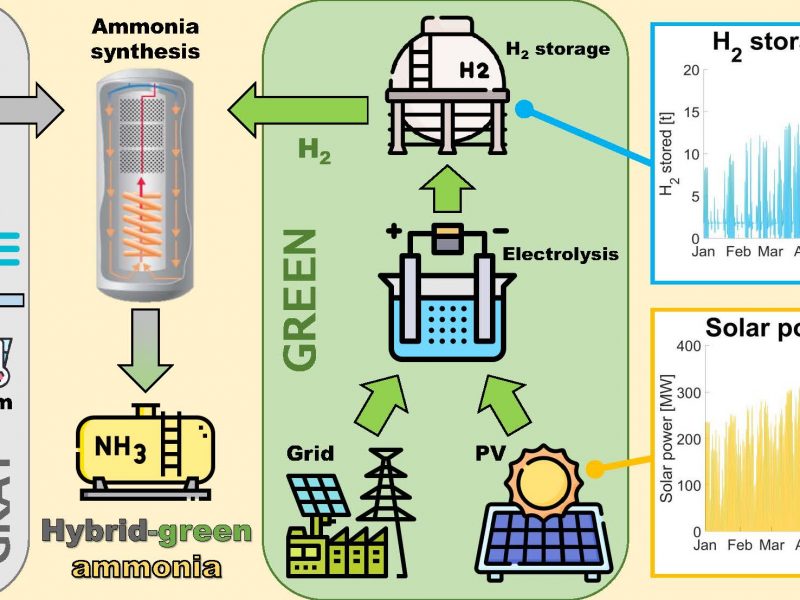ABSTRACT: This work proposes an application of a minimal complexity physiologically based pharmacokinetic model to predict tramadol concentration vs time profiles in horses. Tramadol is an opioid analgesic also used for veterinary treatments. Researchers and medical doctors can profit from the application of mathematical models as supporting tools to optimize the pharmacological treatment of animal species. The proposed model is based on physiology but adopts the minimal compartmental architecture necessary to describe the experimental data. The model features a system of ordinary differential equations, where most of the model parameters are either assigned or individualized for a given horse, using literature data and correlations. Conversely, residual parameters, whose value is unknown, are regressed exploiting experimental data. The model proved capable of simulating pharmacokinetic profiles with accuracy. In addition, it provides further insights on unâ€observable tramadol data, as for instance tramadol concentration in the liver or hepatic metabolism and renal excretion extent.
A physiologically based model for tramadol pharmacokinetics in horses
Related Posts
Warning: advanced_custom_search(): Argument #2 ($wp_query) must be passed by reference, value given in /var/www/html/pselab.chem.polimi.it/web/wp-includes/class-wp-hook.php on line 324

